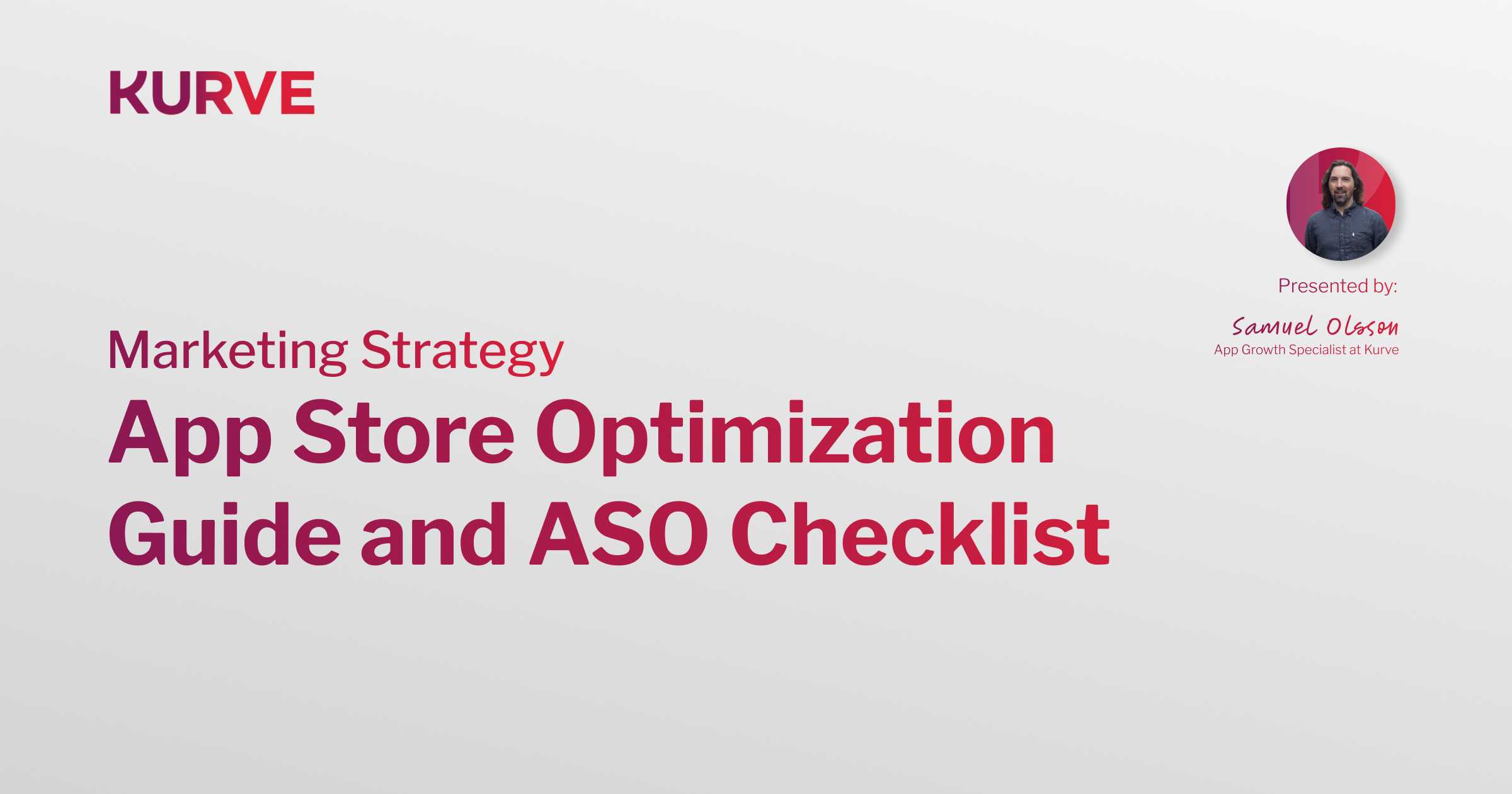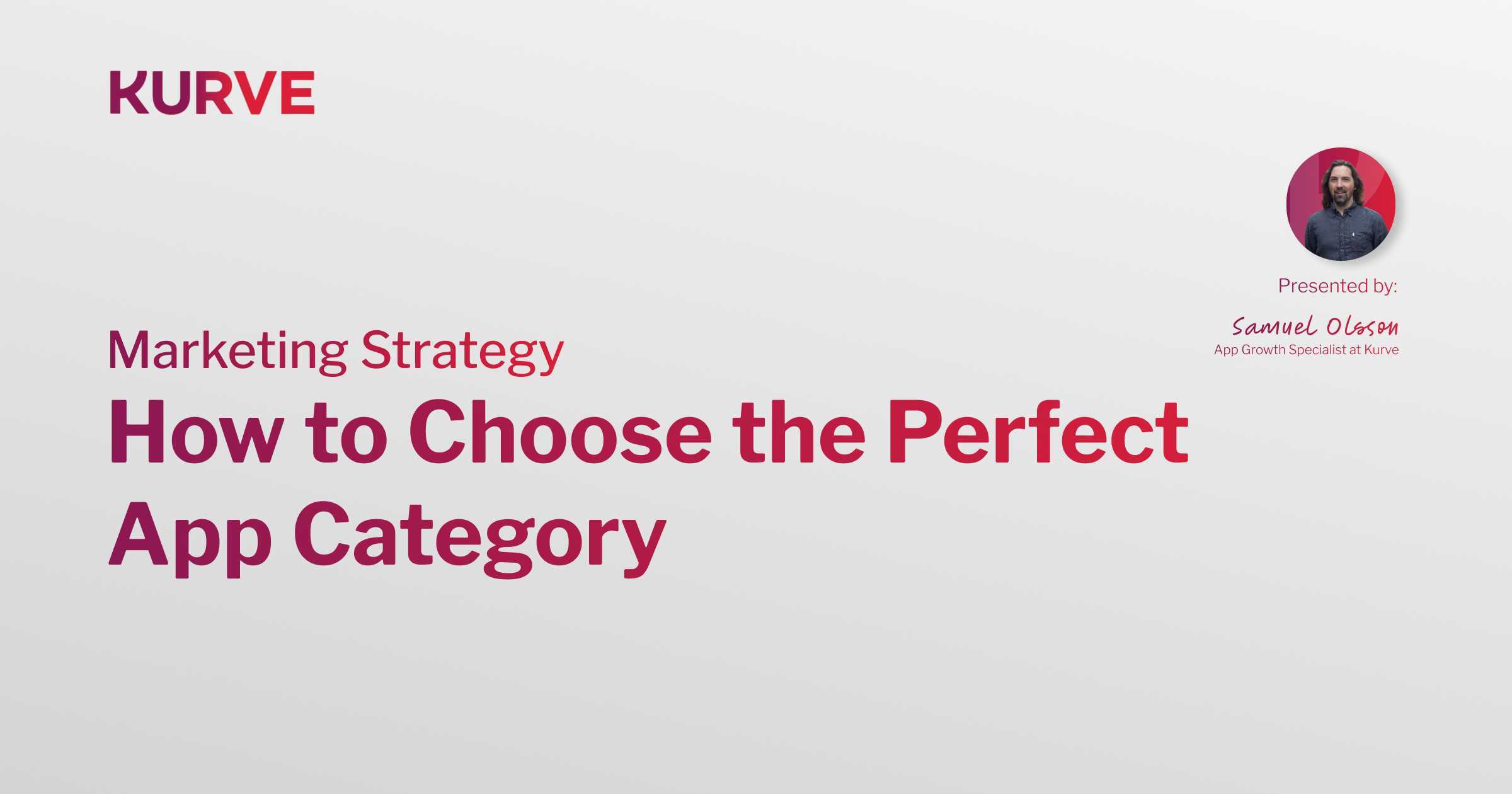10 Leading App Gamification Trends in 2024 to Keep Your Users Engaged
Gamification is transforming how users interact with apps across multiple industries.
In 2024, new trends will redefine this powerful engagement tool.
This blog post explores the evolving nature of gamification in digital spaces. It highlights the biggest gamification trends of the year and explores how you can strategically leverage them for a competitive edge.
Let's get started.
What is App Gamification?
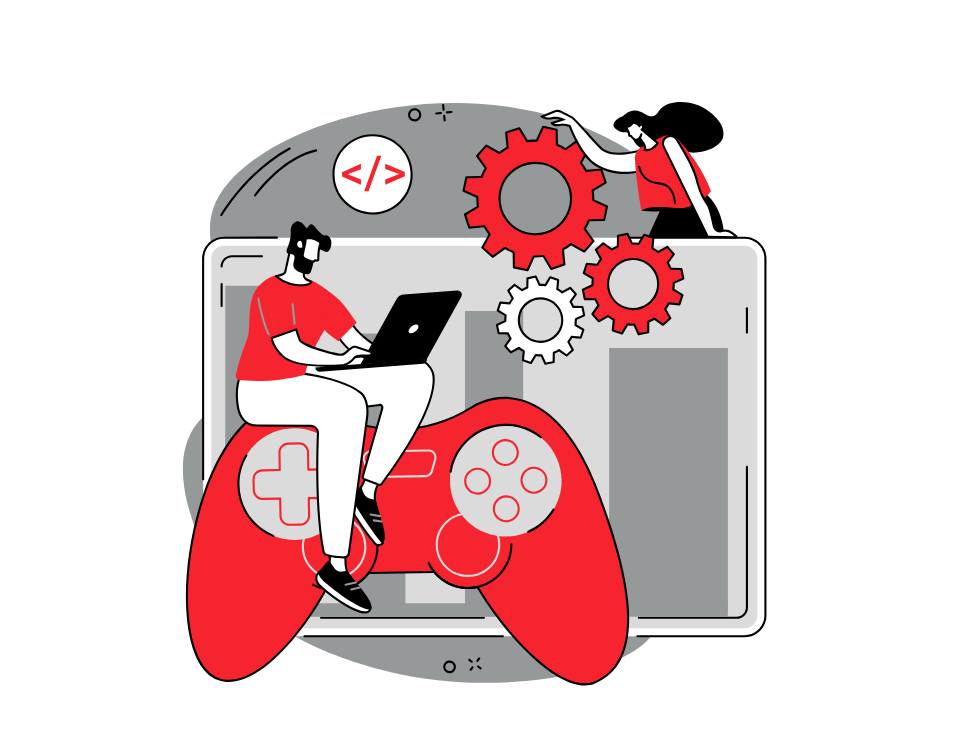
App gamification involves applying game-design elements and principles to non-game contexts.
It adds familiar game mechanics like points, badges, leaderboards, progress bars, and challenges.
Gamification is taking the fun and motivational aspects of gaming and integrating them into apps. These enhance user engagement and participation in app activities outside traditional gaming environments.
Whether the app's focus is education, fitness, finance, or productivity, gamification injects elements of fun and competition that encourage user interaction.
What are the Benefits of App Gamification?
Game-like features like challenges, rewards, and progress tracking keep users returning for more. It creates a sense of accomplishment and anticipation. It also fosters long-term engagement with your app, boosting retention rates.
Gamification introduces interactive elements that make using your app more fun and memorable. Why? Because users are drawn to playful components. Well-designed gamification features enhance the overall experience, making your app stand out.
More importantly, gamified apps provide valuable data on user behavior and preferences. You can analyze how users interact with gamified elements and gain valuable insights. You can use these to tailor your app further, identify strengths and weaknesses, and make informed decisions.
Top 10 App Gamification Trends in 2024
Here are the top gamification trends in 2024 that redefine how we'll use game-like elements to boost engagement across different spheres:
1. AI-Driven Gamification
AI is changing how we experience gamification, driving a high degree of personalization.
By analyzing your usage patterns, AI can customize elements like rewards, challenges and the app's interface to suit user preferences better. Additionally, AI can analyze gameplay data to help developers identify areas for improvement and proactively refine the experience.
What's cool is that AI for gamification solutions can dynamically adjust the difficulty level. This ensures players of all 'levels' remain challenged and engaged. For example, a fitness app that creates workouts can tailor them to your fitness level and goals and adapt them as you progress.
2. Immersive Technologies with AR, VR, and MR
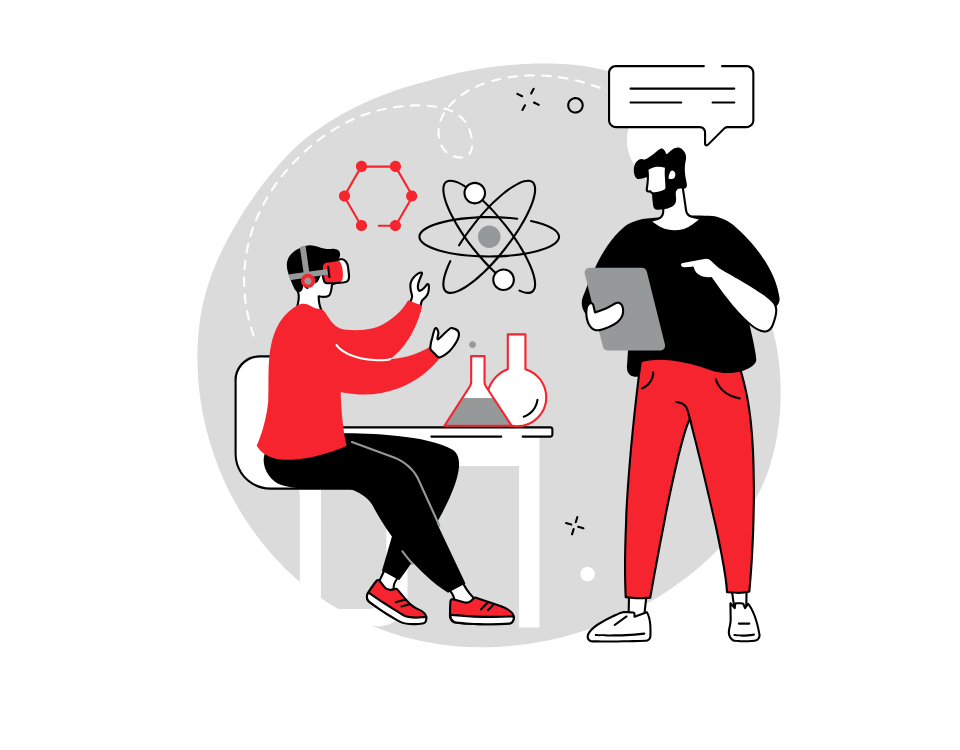
Augmented, virtual, and mixed reality are revolutionizing gamification platforms. These technologies create immersive environments that blur the line between the digital and the real world. This immersion offers a whole new dimension to game-inspired engagement techniques.
Let's start with AR. Overlaying digital information and game elements on top of the real world opens up many possibilities. Some examples include location-based scavenger hunts and interactive product demos that blend the real and virtual.
VR gamified solutions have similar potential. It could be skill-building simulations for healthcare workers and pilots or immersive educational experiences that transport students to historical locations or inside the human body.
MR enables users to interact with holographic objects anchored in a physical environment. For example, you can create an interactive experience from a factory floor with MR-based instructions that appear directly on machinery. It could also be a surgery simulation where virtual organs are overlaid on a patient for training.
3. Personalized Gaming
Personalized gamification goes far beyond generic rewards. It uses data analytics to tailor experiences to users' needs and interests. This means challenges at the perfect difficulty level and rewards that resonate with the player.
In education, a gamification strategy can be transformative. Adaptive learning paths analyze a student's progress, offering more support when they struggle and greater challenges when they excel, preventing boredom.
Potential apps with personalized gamification:
- Fitness apps suggest workouts based on your fitness level, goals, and favored exercises.
- Language apps focus on your weaknesses and tailor vocabulary to your interests.
- Productivity apps offer different reward types based on what motivates you most.
App developers have leaned more towards personalized experience as it makes users feel seen and understood. This leads to stronger engagement, better learning outcomes, and an enjoyable experience.
4. Employee Onboarding
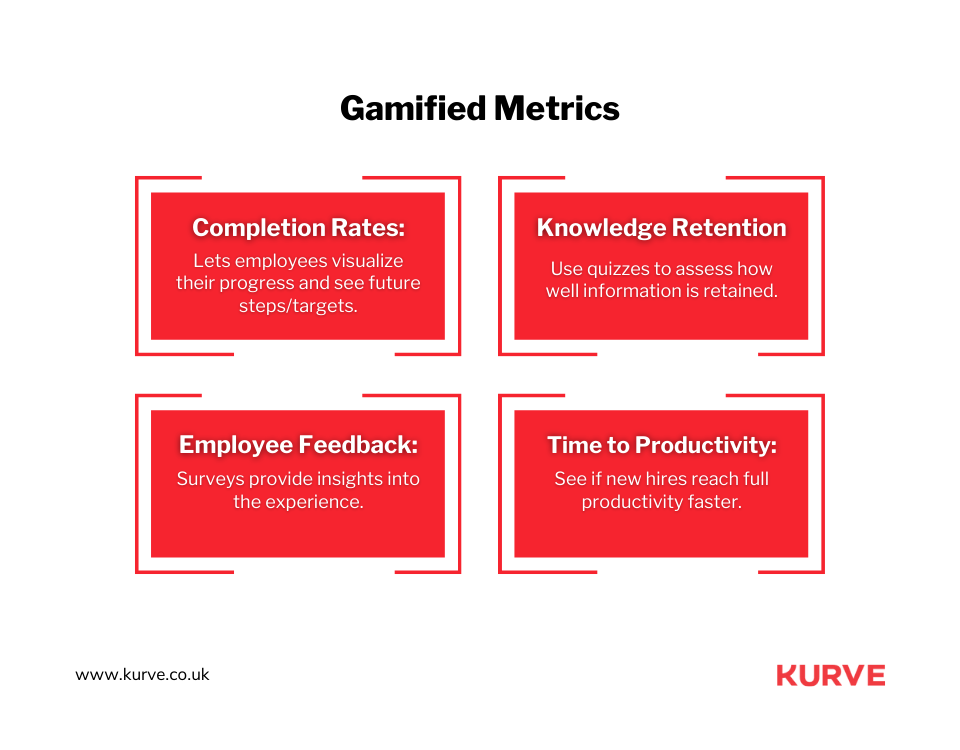
Employee onboarding can be tedious. Gamification transforms it into an engaging and motivating experience. By adding game-like elements, companies make learning company policies, acquiring skills, and integration more enjoyable.
Gamification breaks down training into bite-sized modules, adds rewards for milestones, and includes leaderboards for friendly competition. This makes learning feel more like play and less like work.
Here are some metrics that can be gamified:
- Completion rates: Lets employees visualize their progress and see future steps/targets.
- Knowledge retention: Use quizzes to assess how well information is retained.
- Employee feedback: Surveys provide insights into the experience.
- Time to productivity: See if new hires reach full productivity faster.
Gamification makes knowledge acquisition easier and boosts employee engagement. Interactive scenarios and quizzes make learning stick, while rewards encourage employees to progress.
5. Mobile-First Gamification Tactics and Strategies
Most people use smartphones to access digital content today. This makes mobile-first design crucial for effective gamification.
App developers focus on short bursts of gameplay, intuitive touch controls, fast loading times, and interfaces that adapt to different screen sizes. But this isn't about shrinking desktop features; it's designed specifically for mobile use.
Gamification can blend the real world with the digital. Think scavenger hunts tied to locations, rewards for visiting local businesses, or AR challenges that appear in specific places. These features are uniquely engaging on mobile devices.
Think of successful apps like Duolingo. The company turned language learning into a daily habit with bite-sized lessons and mobile user-friendly design.
6. Use of Blockchain Technology
The rise of blockchain technology introduces exciting possibilities for gamification. It offers secure rewards, digital ownership, and enhanced transparency.
Blockchain ensures rewards are issued, stored, and redeemed securely. Its unchangeable ledger prevents tampering, boosting user trust, and its transparency makes the process fair for everyone.
Tokens earned for achievements can be redeemed for in-app purchases, exclusive content, or real-world value. This creates a sense of tangible reward and ownership, driving user commitment.
For example, app designers can develop an app leaderboard where scores are recorded on the blockchain. Blockchain can verify in-game item ownership and trading history, building trust in the game's economy.
7. New E-Learning Spaces
Gamification is transforming the e-learning experience. It creates dynamic spaces that boost engagement, motivation, and knowledge retention.
Gamification fights the pitfalls of online learning. Progress bars, unlockable content, badges, and rewards keep learners motivated throughout the course.
Here are some examples of gamified learning experiences;
- Skill-building simulations that offer interactive scenarios with branching paths that mimic real-world decision-making.
- Interactive quizzes and games that replace traditional tests with engaging formats.
- Visualizations like progress bars keep users engaged long-term. It also helps instructors identify areas where students may need extra support.
- Leaderboards, timed quizzes, and challenges are powerful motivators. They promote participation, excellence, and a sense of community.
8. Gamified Social Media Communities

Social media platforms integrate gamification elements to boost user participation, create a sense of belonging, and cultivate loyalty.
Gamification can be users earning points for various actions like posting, commenting, liking, or sharing, driving increased interaction. It can also occur as unlockable badges, titles, and rankings.
Gamified social media communities tap into our intrinsic desire for recognition and playfulness. Rewards and the sense of competition from social media apps keep users returning and engaged within the community.
Some examples:
- Reddit: Features like Karma points, subreddit-specific badges, and premium awards incentivize quality posting and engagement.
- Brand Communities: Many brands use challenges, exclusive content unlocks, and rewards programs — these foster brand loyalty and community around their products and services.
9. Green Gaming with Eco-Gamification
Eco-gamification promotes environmental awareness, inspires change, and encourages sustainable habits.
Gamification campaigns make learning about complex environmental issues fun and engaging through simulations, recycling games, or virtual environments highlighting threatened ecosystems.
Gamified platforms like Sweatcoin reward users for eco-friendly actions like walking, biking, conserving energy, or reducing waste. It makes sustainable choices feel rewarding!
Gamification technology can also amplify environmental campaigns, encouraging community participation in challenges, competitions, and collaborative efforts centered around protecting the planet.
10. Diverse Objectives, One Tool: Gamification
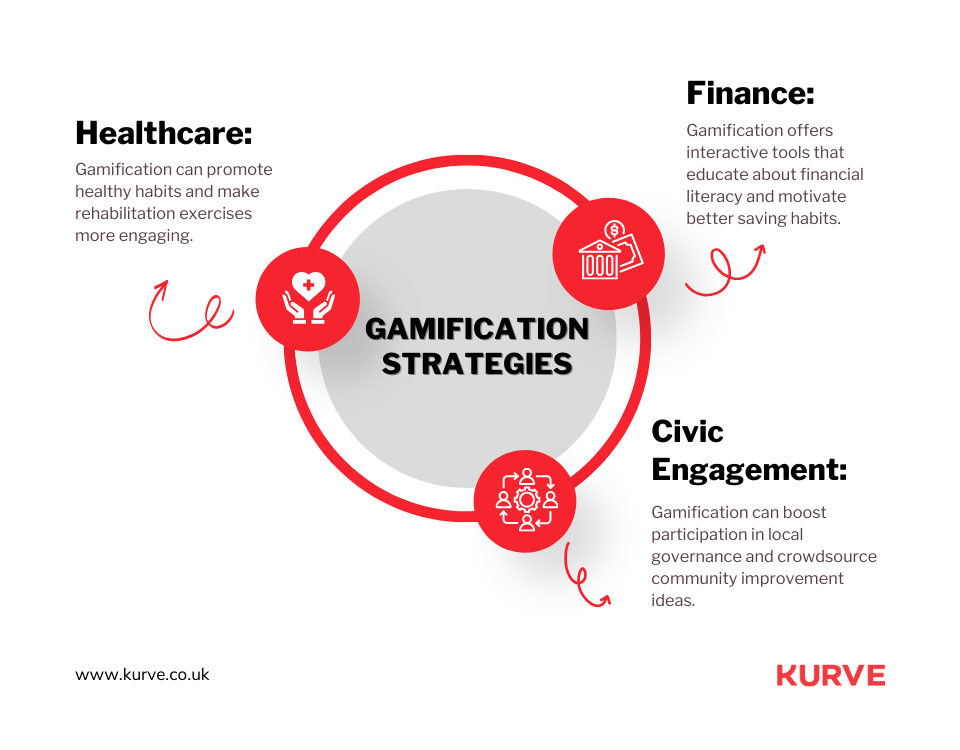
Gamification can be a versatile set of design principles focused on motivation, engagement, and rewards. This adaptability makes it a powerful tool across diverse sectors and objectives, even in tackling complex problems.
Gamification strategies can be applied in sectors such as:
- Healthcare: Gamification can promote healthy habits and make rehabilitation exercises more engaging. It can even train medical professionals with realistic simulations.
- Finance: Gamification offers interactive tools that educate about financial literacy and motivate better saving habits. It makes complex financial products easier to understand.
- Civic Engagement: Gamification can boost participation in local governance and crowdsource community improvement ideas. It can also raise awareness about important social issues.
How gamified systems work comes from how you mold them for your goal. Is it regular participation, long-term behavior change, or overcoming a difficult learning curve?
Keep in mind that gamification can’t solve everything. How you apply it comes from understanding your audience and your goals.
Gamify Your Way With Kurve
Gamification's potential is massive, from education and healthcare to marketing and team collaboration. As technology advances, we expect even more creative gamification techniques in our daily lives and our apps. This will make work, learning, and everyday tasks more enjoyable and rewarding.
Ready to harness the power of gamification? Let us know how Kurve can help you!
Check out our blog and discover more insights and strategies.
